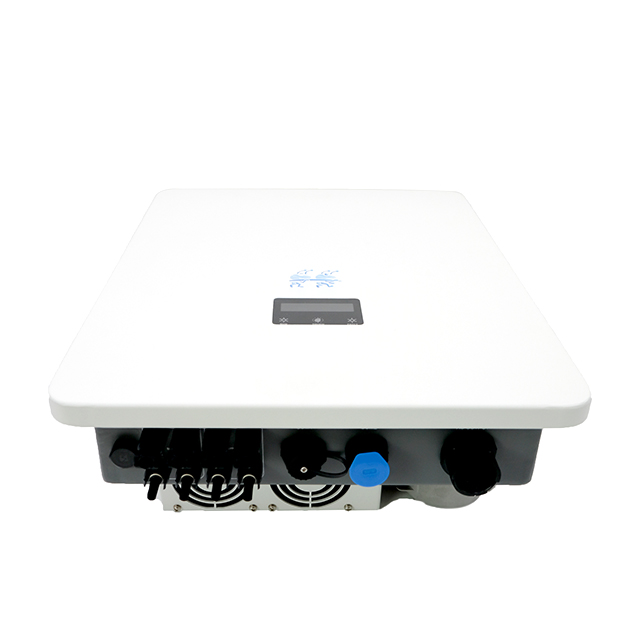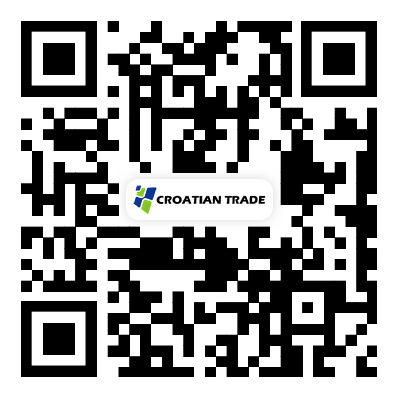Benefits of string solar inverters
2023-10-16
A string solar inverter, also known as a string inverter or central inverter, is a type of inverter used in solar power systems. It is an essential component in grid-connected solar photovoltaic (PV) systems that convert the direct current (DC) electricity generated by solar panels into alternating current (AC) electricity suitable for use in homes and businesses.
In a string inverter configuration, multiple solar panels are connected in series, forming a "string" of panels. The DC electricity generated by each panel is combined into a single DC input, which is then fed into the string inverter. The inverter then converts this DC power into AC power that can be used to power appliances, feed into the electrical grid, or stored in a battery system.
Here are some key features and benefits of string solar inverters:
1. Efficiency: String inverters generally have high conversion efficiencies, typically ranging from 95% to 98%. This means that they can maximize the amount of solar energy harvested from the panels.
2. Cost-effective: String inverters are cost-effective options for solar power systems, especially for installations with a large number of panels. They are relatively simple in design and typically less expensive compared to other inverter technologies.
3. Scalability: String inverters are well-suited for larger installations, as they can handle a high DC input voltage range and a greater number of solar panels connected in series.
4. Monitoring and control: Many string inverters come with built-in monitoring and control features, allowing users to monitor the performance of the solar system, track energy production, and troubleshoot any issues remotely.
5. Reliability: String inverters have a proven track record and are known for their reliability and long lifespan. They typically have fewer electronic components compared to microinverters or power optimizers, reducing the chances of component failure.
However, it's worth noting that in a string inverter configuration, the performance of the entire string can be affected by the shading or underperformance of a single panel. Additionally, string inverters operate at the maximum power point of the entire string, which means if one panel is underperforming, it can affect the overall system output. To mitigate these issues, technologies like power optimizers or microinverters can be used in conjunction with string inverters to maximize the performance of each individual panel.
Overall, string solar inverters are widely used in solar power installations due to their cost-effectiveness, scalability, and reliability. However, the choice of inverter technology depends on various factors, including the size of the system, shading conditions, and specific project requirements.



